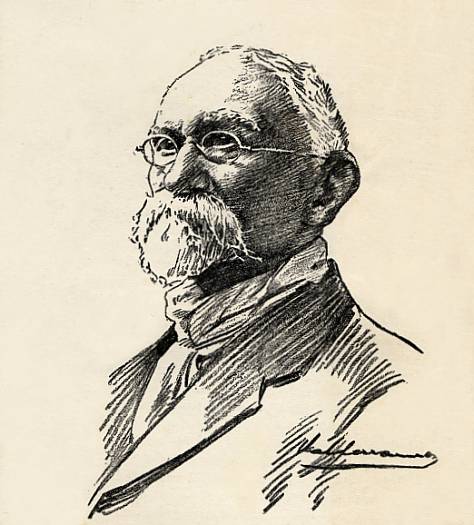3.3.2 The development of political oratory between 1878 and 1898

The development of political oratory had other nuances and characteristics in the period after the Pact of Zanjón, because the clearly pro-independence propaganda ceased somewhat and was replaced by partisan struggles between the nascent Liberal Party, which would later adopt the name Liberal-Autonomist, and the Constitutional Union Party, made up of fundamentalists of Spanish origin, who opposed the reforms championed by the Liberal-Autonomist Party.
Many of the members who carried out proselytizing preaching in the Liberal Autonomist Party were lawyers by profession. Although there were individual nuances in their speeches, they commonly employed more or less obvious, effective devices, as well as didacticism and the aim of persuading the masses. Their ideological position, although weak, allowed them to adopt a conciliatory stance and gain followers among a population ideologically decimated by the failure of the War.
Within the ranks of the liberal autonomist party itself, the current of pro-independence ideas was present—patent or latent—within which the Zanjón River had been interpreted as a mere obstacle rather than an insurmountable obstacle. Within the country, it was necessary to confront the word both against colonialism and against a certain retrograde tendency among the dominant economic sectors that feared a renewed devastation of the country. In the emigration, around New York and Key West, pro-independence propaganda continued; the flamboyant voices of Fernando Figueredo and Gonzalo de Quesada are worth mentioning.
Many spaces for separatist expression in the emigration remained open, such as the San Carlos Patriotic and Teaching Institute, located at 516 Duval Street, Key West, United States, where a certain literary culture was also brought to the masses. In 1880, Calixto García visited Key West with Natalio Argenta, an Italian musician and later a combatant in the Cuban fields. Argenta recited some little-known anti-colonialist verses that demonstrate the resonance that Yara’s independence struggle had already had in foreign literature:
“From the sword to the rough blow,
Our people woke up;
To arms, oh Cubans,
that it is the homeland who called.
To combat, comrades,
May King Bourbon die in Cuba,
Let the bronze and steel ring
“Long live the Revolution!”
In Cuba, literary gatherings and recreational and educational societies were revived, the latter more open to the popular classes who would otherwise have no access to the literary elite. Almost all oratorical art of the period was politically motivated, and even then, there were notable aesthetic achievements in this type of preaching. Among the most notable orators were Enrique Piñeyro, Enrique José Varona, Manuel Sanguily, and especially José Martí.
When the 1895 feat broke out, political oratory once again became a clarion call and was exercised by the most illustrious military leaders, among them Máximo Gómez, who delivered moving speeches, such as the one dated November 30, 1895, before launching the invasion of the West:
“Soldiers: The war begins now. A hard and merciless war. The faint-hearted will have to renounce it: only the strong and the intrepid will be able to endure it. In these ranks that I see so dense, death will open great gaps (…) Victory can only be achieved with the shedding of much blood. Soldiers! Do not be frightened by the destruction of the country; do not be frightened by death on the battlefield (…) The souls of so many victims sacrificed by tyranny exhort you to fight with determination and vigor (…) Soldiers! We will reach the furthest confines of the West; to wherever there is Spanish land. There will be the Cuban Ayacucho!”








